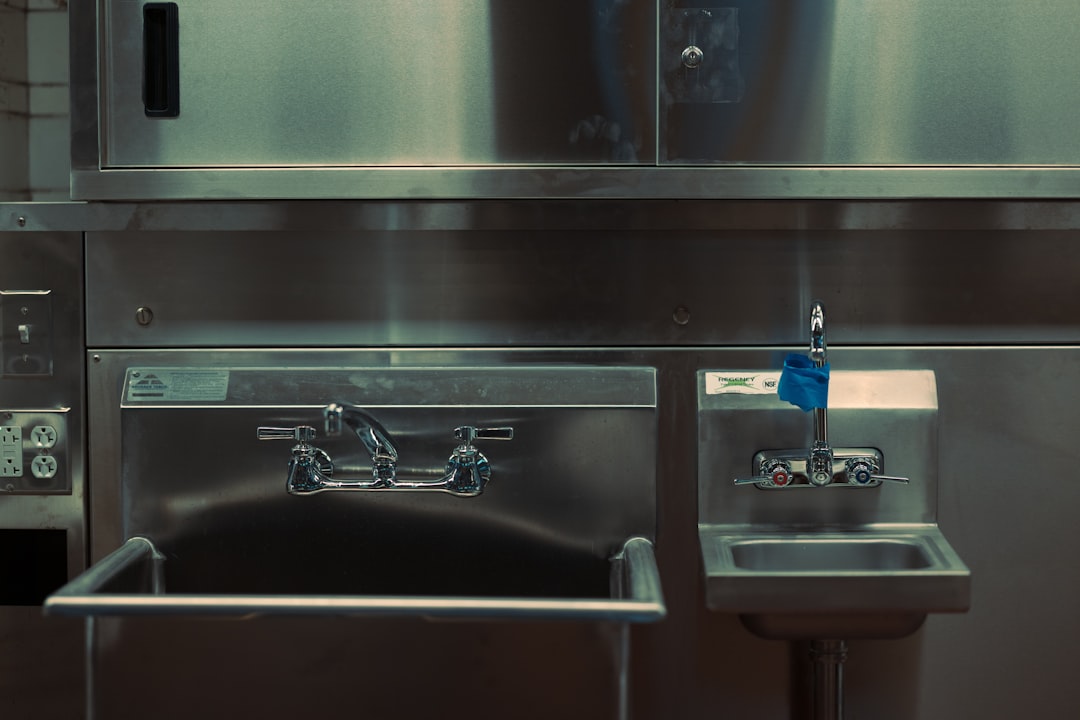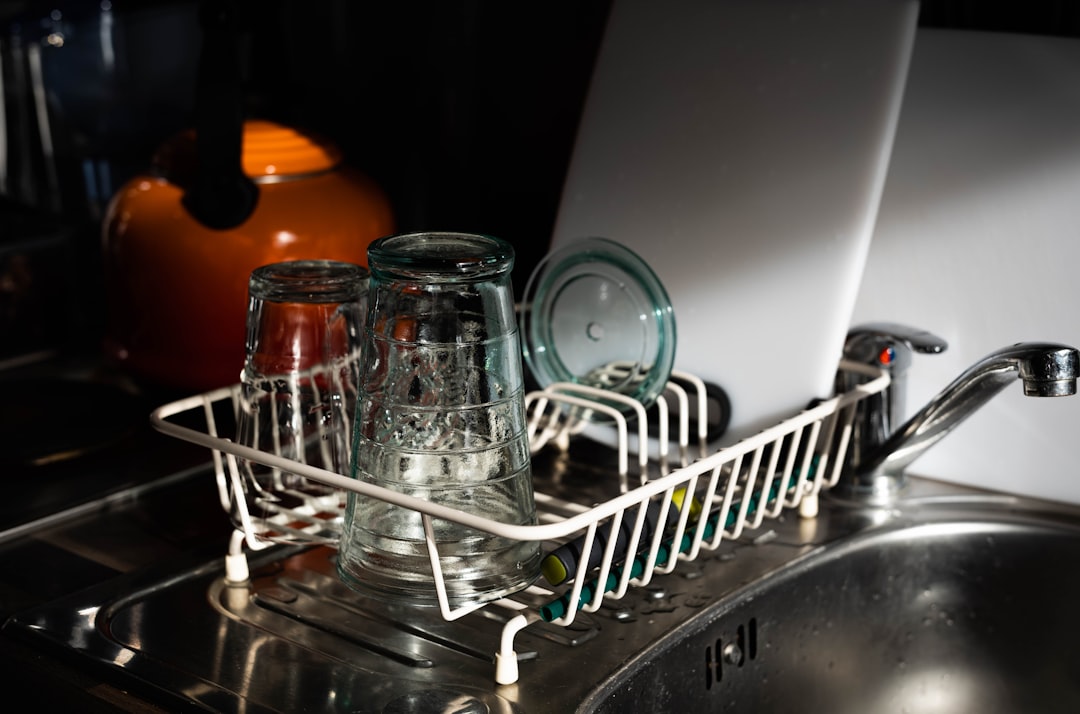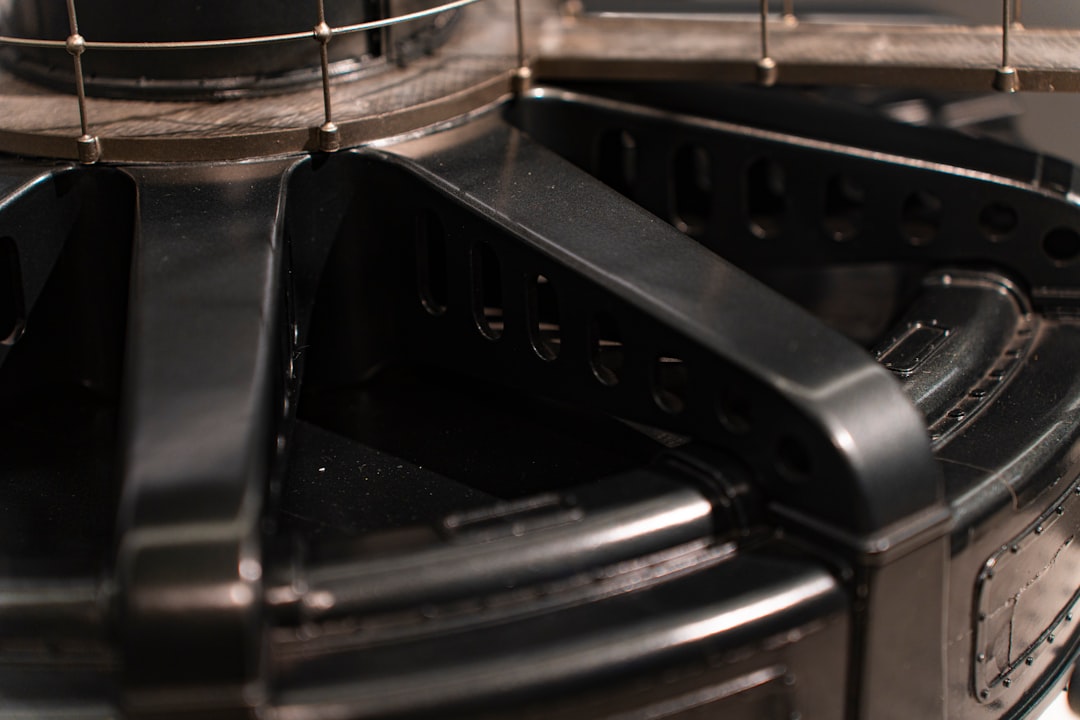

Engage prospects with a scan and streamline customer engagement with FREE QR code marketing tools by Sona – no strings attached!
Create a Free QR CodeFree consultation

No commitment

Engage prospects with a scan and streamline customer engagement with FREE QR code marketing tools by Sona – no strings attached!
Create a Free QR CodeFree consultation

No commitment
In today’s digitally driven world, QR codes in marketing have become a strategic asset connecting offline actions to digital engagement. For dishwasher installation services, this evolution addresses persistent pain points such as missed lead capture, incomplete customer records, and friction in post-install support by offering ways to streamline workflows, enable instant access to key resources, and gather actionable insights without the barriers of app downloads or cumbersome sign-ups.
With QR codes, dishwasher installation service providers can convert everyday physical touchpoints such as invoices, appliance packaging, manuals, or in-home paperwork into gateways for digital interaction. This reduces lost opportunities caused by untracked prospects and ensures account-level engagement is captured with precision. By making it effortless for customers to register warranties, access how-to guides, schedule repairs, or submit feedback, QR strategies fill gaps where vital information and customer intent might otherwise go unrecorded.
Explore how QR code strategies can modernize dishwasher installation workflows, close the loop on high-value audience targeting, and empower B2B marketing teams and operational leaders to deliver measurable growth, improved conversions, and superior customer experiences.

Even in well-managed installation operations, customer data often slips through the cracks when onboarding relies on paper forms, printed warranty cards, or static brochures that never make it back to HQ. These analog processes slow down registration, limit follow-up, and hide signals of customer intent that should inform service and marketing.
QR codes fix these gaps by transforming physical materials into digital entry points. When a customer scans a code on an invoice, manual, or installation checklist, they can be guided to a tailored onboarding flow that captures essential details, educates them on maintenance best practices, and opens paths for scheduling and support. This turns onboarding into an experience that is faster, measurable, and customer friendly.
This approach replaces outdated analog workflows like manual paperwork and phone-only support with self-serve, trackable digital journeys. It also helps teams rapidly improve onboarding performance by testing different landing pages, messages, and CTAs while keeping all content accessible in a single scan.

Dishwasher installation services contend with fragmented customer journeys. After the appliance is installed, people rarely complete paperwork or return printed cards. When post-install support depends on customers proactively calling or finding a website on their own, valuable opportunities for registration, service plans, and reviews are lost.
QR codes solve these gaps by meeting customers exactly where they are and guiding them to take the next best action. A scan from a manual can trigger a troubleshooting decision tree. A code on a receipt can auto-populate a registration form. A sticker on the inside of the dishwasher door can connect to a maintenance video or schedule a service check. Each scan becomes a moment of conversion and a new data point that teams can use to deliver better service and marketing.
By closing the loop from physical materials to digital actions, QR codes help installation providers boost retention, accelerate post-sale engagement, and build a unified data foundation that informs service delivery and marketing.
Choosing the right QR format is key to achieving the desired outcome. In dishwasher installation services, the most valuable formats are those that minimize friction for onboarding, schedule support efficiently, and keep contact lines open without requiring customers to copy phone numbers or URLs.
Static QR codes are useful for unchanging destinations like evergreen safety tips. Dynamic QR codes excel for ever-evolving content such as updated installation videos, seasonal promotions, and rotating service plans. For installations that rely on model-specific guidance, dynamic codes give you future flexibility and data you can trust.
Dynamic QR codes are typically the best choice for installation providers because they adapt to new product lines and service offerings. They also support robust analytics that inform future campaigns and team training.

Growth opportunities often hide in plain sight where offline interactions already occur. The key is to place QR codes in the flow of the customer’s experience and tie each scan to a helpful next step that also collects useful data.
Start by auditing your existing customer journey. Consider all physical surfaces, handouts, and moments that could lead to a digital action. Look at pre-install research, in-home installation visits, and post-install care. With smart placement, each touchpoint becomes a measurable source of leads and loyalty.
By activating these placements, you create a connected journey that not only improves the customer experience but also provides granular insight into which channels and messages drive action.

QR-enabled experiences can be mapped to everyday interactions so that customers receive value instantly and your team gains reliable data. Prioritize use cases that serve a clear purpose such as faster registration, fewer troubleshooting calls, and smoother repair scheduling.
Each use case should pair a clear CTA with a destination that resolves a need. When the outcome is valuable and immediate, scan rates rise and completion rates follow.
These use cases deliver measurable results such as lift in warranty registrations, higher appointment conversion, and increased review count. They also give your team a consistent way to capture and use customer signals across the lifecycle.
Every QR scan is a data point that reveals intent, timing, and context. By assigning unique codes to different use cases and funnel stages, you can create segmented audience lists that power more precise follow-up and advertising.
For dishwasher installations, the key distinctions often include who is scanning and why. A homeowner scanning an inside-door sticker after a month signals a maintenance question. A property manager scanning a catalog code suggests multi-unit interest. A retailer scanning a partner promo might be sourcing service capacity. Segment these behaviors so your next message fits their needs.
With a platform like Sona QR, each code becomes a smart signal generator that connects to your marketing stack, making retargeting timely, relevant, and aligned with what customers actually did rather than what you assume.
QR codes are connective tissue across your offline and digital efforts. They capture interest at the source and maintain continuity through each stage of the journey. When integrated across channels, they unify data collection, accelerate conversions, and reveal which assets deserve more investment.
Dishwasher installation providers typically rely on a blend of in-home visits, printed materials, and local promotion. Add QR codes to each medium to reduce friction and gain measurement clarity. Then centralize performance in one platform so you can compare channel effectiveness and allocate spend intelligently.
QR codes serve as the offline onramp to your digital marketing engine. With a centralized platform like Sona QR’s product overview, you can generate codes, manage destinations, monitor performance, and sync scan data to your CRM for unified reporting and attribution.
Poorly executed QR initiatives produce scattered data and minimal lift. A simple, disciplined approach ensures that codes are easy to scan, clearly understood, and tied to outcomes that matter. Start with one priority use case, validate the flow, then scale.
Below is a practical framework you can apply to any dishwasher installation scenario. It is written to help both smaller local providers and larger multi-location teams execute consistently.
Pick the moment where a scan delivers immediate value for the customer and measurable impact for your business. Common choices in this vertical include warranty registration at install, repair booking from a fridge magnet, and service plan enrollment from a thank-you card.
Explain your rationale to the team so technicians and CSRs know why the code matters. The more aligned your staff is, the more they will promote scanning as a helpful step rather than an extra task.
Choose the format that matches your goal. For most dishwasher installation scenarios, dynamic codes are best because they enable tracking and flexible content updates. Static codes are acceptable for evergreen resources such as safety guides.
Ensure that each code is unique to the placement so you can attribute performance accurately. For example, use one code on the invoice and a different one on the inside-door sticker even if they route to the same page.
Design for visibility and confidence. Make the value obvious at a glance, help users scan quickly in real-world conditions, and protect against low-light or glossy surfaces.
Run a quick pre-launch test with staff and a few customers. Track any confusion around the CTA or landing page and adjust language or layout before wide deployment.
Place codes in the flow of action, not as an afterthought. Identify where customers are most likely to pause and seek help or complete a task, then align the code and CTA with that moment.
Roll out in phases so you can compare early cohorts. Feed insights back into design and placement decisions to increase scan rates and completion.
Treat scans as the start of a measurable funnel. Monitor scan volume, landing page engagement, and conversion to your target action. Share results with the field team so they see the impact of good placement and consistent promotion.
Optimization turns a good QR campaign into a great one. Keep iterating based on real data, not assumptions, and your scan-to-conversion rates will climb steadily.

Traditional web analytics provide only part of the picture for installation businesses where many interactions start offline. Without tying scans to outcomes, you cannot confidently attribute revenue to your most important placements or recognize which accounts are warming up.
Advanced QR analytics close these gaps by capturing context at the scan level and connecting that data to your CRM and attribution tools. With Sona QR for code generation and analytics, and Sona.com for identity resolution and multi-touch attribution, you get a full-funnel view from first scan to closed revenue.
By instrumenting your QR ecosystem with Sona QR and Sona.com, you transform offline interest into measurable digital signals that prove impact and guide smarter investment.
Sustained performance requires consistent optimization and team alignment. Even strong placements can lose effectiveness if messaging grows stale or the next step is unclear. Treat QR campaigns as living programs that evolve with your catalog, seasons, and customer feedback.
Empower technicians and support staff to treat QR codes as part of the service experience. When customers understand the value they will receive from a scan, their participation rises and your data quality improves.
These practices improve scan rates, strengthen conversion, and drive a more connected customer experience that compounds over time.
QR codes have become an indispensable tool for modern dishwasher installation service providers. They turn every physical touchpoint into a digital gateway and every moment of interest into a measurable action. This directly addresses the industry’s persistent pain points from missed lead capture and delayed outreach to incomplete records and untapped upsell opportunities.
The strategic value is clear. QR codes deliver immediate access to resources, booking tools, and registration flows; a connected onboarding and support journey that improves satisfaction while reducing manual labor; and rich data that fuels retargeting, segmentation, and timely follow-ups. With the right approach, you can transform the entire lifecycle from pre-install research to post-install maintenance into a seamless, trackable experience.
Sona QR gives you everything needed to launch and scale these programs. Generate branded dynamic codes, centralize destinations, monitor performance in real time, and sync scan activity to your CRM. Pair Sona QR with Sona.com to connect offline scans to known buyers and attribute pipeline and revenue across channels. Start with a single use case like warranty registration from the invoice. Validate the flow, measure the impact, then expand placements to vehicles, manuals, and direct mail. Each scan becomes a catalyst for streamlined operations, enhanced satisfaction, and durable growth built on real customer insight. Start creating QR codes for free.
QR codes have transformed dishwasher installation services from routine appointments into interactive, customer-centric experiences. By integrating QR codes, service providers can streamline access to installation guides, warranty information, and post-service support, enhancing customer satisfaction while capturing valuable engagement data. Imagine your clients effortlessly scanning a code to receive instant troubleshooting tips or schedule follow-ups, turning each scan into an opportunity for deeper connection and loyalty.
With Sona QR, creating dynamic, trackable QR codes tailored to your dishwasher installation business is effortless. Update information instantly without reprinting materials, monitor scan activity in real time, and link every interaction directly to customer retention and revenue growth. No guesswork, just actionable insights that empower you to optimize your service delivery and marketing strategies.
Start for free with Sona QR today and transform every dishwasher installation into a seamless, measurable customer journey.
The article does not provide specific cost information for dishwasher installation.
Steps include choosing a use case like warranty registration, picking a QR code type such as dynamic codes, designing and testing the code for visibility and clarity, deploying codes across key customer touchpoints, and tracking and optimizing scan and conversion data.
The article does not address whether professional installation is required but emphasizes using QR codes to provide installation guides and support to customers.
Common issues include missed lead capture, incomplete customer records, friction in post-install support, lost opportunities due to untracked prospects, and customers not completing paperwork or warranty registration.
You can scan QR codes found on invoices, dishwasher door stickers, or manuals that direct you to tailored warranty registration forms where you can complete registration instantly and upload purchase proof.
QR codes streamline customer onboarding, enable instant access to installation guides and support, improve warranty registration rates, allow easy repair booking, enable data collection for better marketing, and reduce friction by eliminating the need for app downloads or manual paperwork.
QR codes are commonly placed on appliance packaging, invoices, manuals, installation checklists, inside dishwasher doors, service trucks, vehicle wraps, direct mail, flyers, and showroom displays.
Dynamic QR codes are most effective because they allow content updates without reprinting and provide scan analytics, while static codes work well for unchanging resources like safety tips.
Providers can monitor scan volume, landing page engagement, and conversion rates using platforms like Sona QR, perform A/B testing on CTAs and forms, trigger automated follow-ups, and sync scan data with CRM systems for detailed analytics.
QR codes enable customers to access troubleshooting guides, schedule repairs, enroll in service plans, and provide feedback easily, reducing support calls and improving response times.
Use Sona QR's trackable codes to improve customer acquisition and engagement today.
Create Your FREE Trackable QR Code in SecondsJoin results-focused teams combining Sona Platform automation with advanced Google Ads strategies to scale lead generation

Connect your existing CRM

Free Account Enrichment

No setup fees
No commitment required

Free consultation

Get a custom Google Ads roadmap for your business






Launch campaigns that generate qualified leads in 30 days or less.
